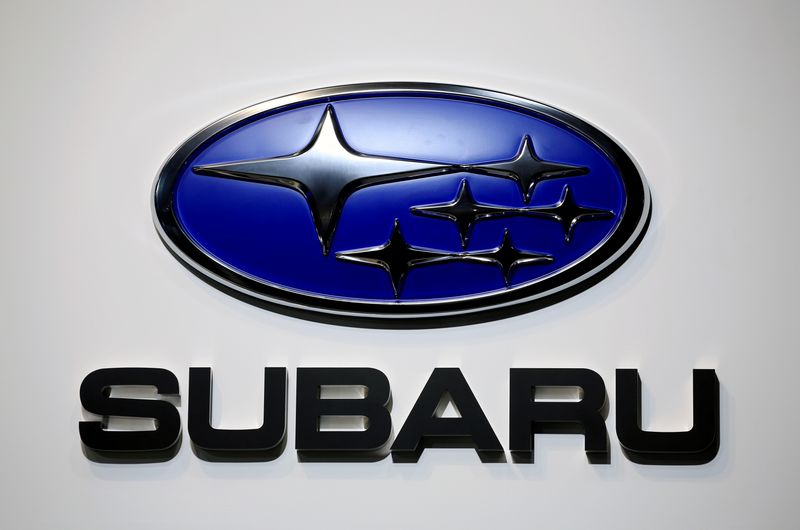Subaru has reduced their annual production target for 2021 due to a shortage of semiconductor chips. The lack of chips is affecting a number of automotive companies around the world and has caused Subaru to reduce their production by nearly 20 percent from their original target. Subaru has been forced to reduce production of their cars and temporarily close some of their factories, resulting in a loss of over $400 million for the company.
TOKYO (Reuters) – Japan’s Subaru Corp slashed its annual production target by almost 10% on Wednesday amid the lingering fallout of a semiconductor shortage that continues to choke automakers around the world.
The automaker said shortages are most acute for parts for immediate delivery in the spot market and it expects the lack of supply to last until around June at most before recovering.
Subaru said it now expects to produce 880,000 vehicles this fiscal year through March, down 9.3% from a previous forecast of 970,000 units.
“In the third quarter, our efforts managed to maintain the decline to about 20,000 units compared to our plans,” said Katsuyuki Mizuma, Subaru’s chief financial officer.
In the fourth quarter, which ends March 31, Subaru expects to make 70,000 fewer vehicles than previously planned, Mizuma said.
Shares of the company fell after the earnings release, closing 1.9% lower at 2,118 yen versus a flat broader market.
Subaru, in which Toyota Motor Corp owns a 20% stake, hopes to hit global production of 1 million vehicles in the next fiscal year, he said.
After production was scaled back following the outbreak of COVID-19, many automakers have caught up in terms of output, with chipmakers sending supplies to the consumer electronics industry.
Subaru on Wednesday cut its annual global sales forecast by 5.4% to 870,000 vehicles from its previous forecast, although that still represented an 18.5% increase compared to fiscal 2022.
Most of the expected drop in global sales is taking place in the US market, where the company sells two-thirds of its cars, including the popular Forester and Outback models.
The company left its annual operating profit forecast unchanged at 300 billion yen ($2.29 billion), citing efforts to control costs and improve efficiencies from manufacture to sale, as well as exchange rate assumptions.
($1 = 131.0900 yen)
(Reporting by Daniel Leussink; Editing by Jamie Freed)
Don’t miss interesting posts on Famousbio

